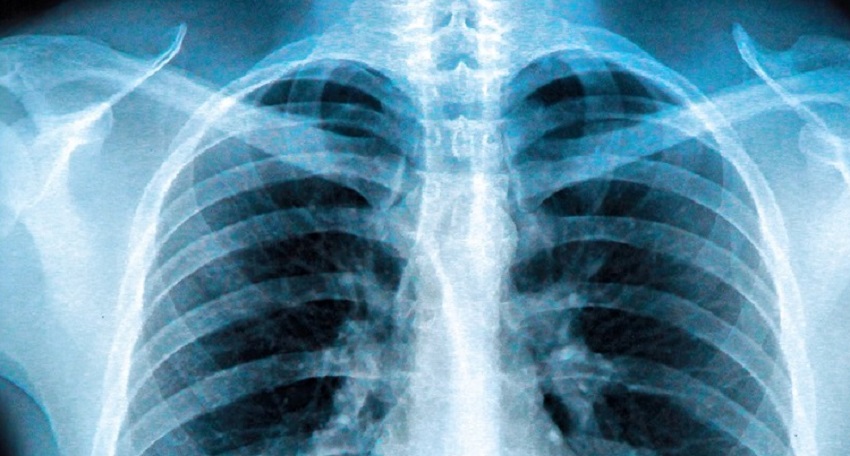Xray
X-rays are one type of electromagnetic radiation. They are commonly used in hospitals to produce photographs of bones which can be checked for breaks or fractures.
- They can penetrate less dense matter such as skin and body tissue (but not bone)
- They have a range of frequencies (lower frequency X-rays have less energy and are therefore less penetrating and ionising)
- They leave an image on photographic paper
Benefits
- X-rays are used to treat malign tumors before its spreads throughout the human body.
- They help radiologists identify cracks, infections, injury, and abnormal bones.
- They also help in identifying bone cancer.
- X-rays help in locating alien objects inside the bones or around them.
More dense areas in our bodies, such as bone, allow fewer X-rays through and so appear paler on X-ray images
Less dense areas, such as skin and many tissues, allow more X-rays though. These appear black on X-ray images
UltraSound
Ultrasound is a type of imaging. It uses high-frequency sound waves to look at organs and structures inside the body. Health care professionals use it to view the heart, blood vessels, kidneys, liver, and other organs. During pregnancy, doctors use ultrasound to view the fetus. Unlike x-rays, ultrasound does not expose you to radiation.
- Your doctor may order an ultrasound if you’re having pain, swelling, or other symptoms that require an internal view of your organs
- An ultrasound can provide a view of the Bladder, brain (in infants), eyes , gallbladder, kidneys, liver, ovaries, pancreas, spleen, thyroid, testicles, uterus, blood vessels
- An ultrasound is also a helpful way to guide surgeons’ movements during certain medical procedures, such as biopsies
Benefits
- Helps in non-invasive painless treatment
- Less expensive.
- It does not use any ionizing radiation during working operation .
- It provides clear image of soft tissues which do not show up in X-Ray images.
- Preferred method to diagnose complications of unborn babies
Laboratory
A laboratory is a laboratory where tests are usually done on clinical specimens in order to obtain information about the health of a patient as pertaining to the diagnosis, treatment, and prevention of disease.
Private laboratories receive samples from general practitioners, insurance companies, clinical research sites and other health clinics for analysis. For extremely specialised tests, samples may go to a research laboratory. A lot of samples are sent between different labs for uncommon tests. It is more cost effective if a particular laboratory specializes in a rare test, receiving specimens) from other labs, while sending away tests it cannot do.


